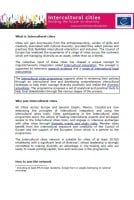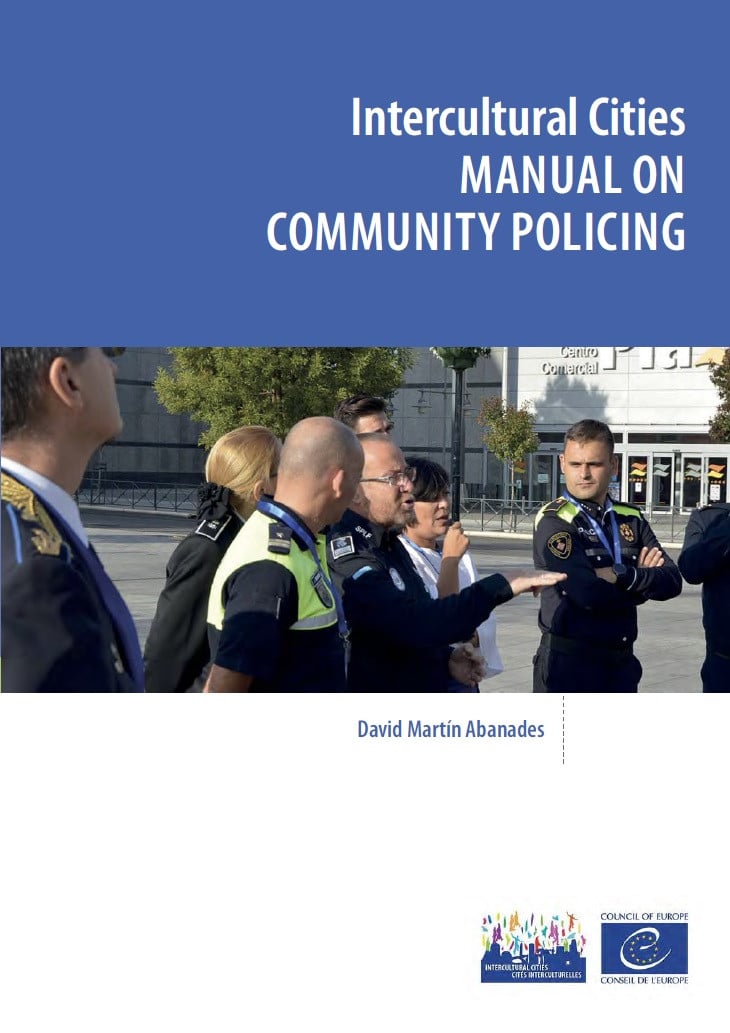INTRODUCTION
Intercultural Cities
What this manual does
1. HUMAN RIGHTS PRINCIPLES
1.1. Responses to new situations
1.2. Relativism
1.3. Hostility and rumour
2. DEFINITIONS
2.1. Models of policing
2.2. Community policing: getting it right
3. THE FOUR DIMENSIONS OF COMMUNITY POLICING
3.1. Philosophical dimension
3.2. Strategic dimension
3.3. Tactical dimension
3.4. Organisational dimension
4. DIVERSITY
4.1. Migration
4.2. Dealing with diversity
5. HOW TO DESIGN A POLICE MODEL FOR INTERCULTURAL CITIES
5.1. Previous analysis
5.2. Organisational elements
5.3. The police as a conflict focus
5.4. Training and specialisation
6. EVALUATION
6.1. Impact indicators
6.2. Quantifiable aspects
6.3. Publication of statistics
6.4. Revision and introduction of improvements
7. CITIZENS’ PARTICIPATION IN PUBLIC SECURITY AND CO-ORDINATION OF THE POLICE WITH OTHER PUBLIC SERVICES
7.1. Forms of citizen participation
7.2. Public services co-ordination
7.3. NGOs, other organisations and associative networks
8. TREATMENT OF THE VICTIMS OF INTOLERANCE AND DISCRIMINATION
8.1. Assistance to the victims in police facilities
8.2. Avoiding re-victimisation
8.3. Welcoming the victims: an office for attention to victims
8.4. Monitoring of victims
BIBLIOGRAPHY








